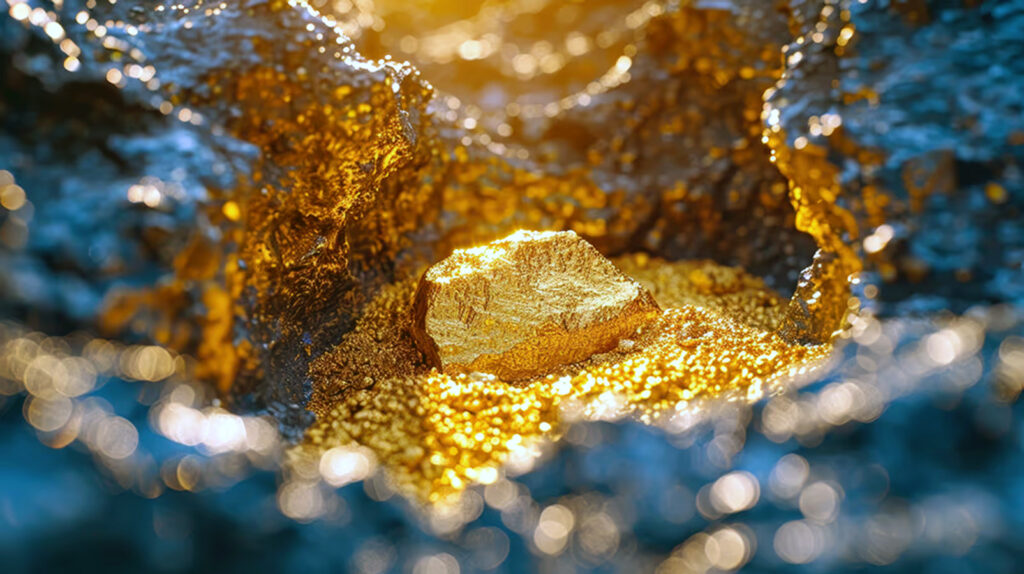
For years, scientists speculated that Earth’s gold might have arrived from space, much like water carried by asteroids. However, no asteroid has ever been found with enough gold to support this theory. Instead, new research confirms that gold originates deep within the Earth’s mantle, slowly making its way to the surface under precise geological conditions.
Using numerical modeling, researchers have uncovered the crucial role of the “gold trisulphide complex” in this process. Gold naturally binds with sulfur, forming an unstable compound deep underground. When volcanic activity occurs, this complex, trapped within molten magma, begins its journey upward.
But gold’s ascent is not random—it requires a perfect setting. Subduction zones create the ideal conditions, where one tectonic plate slides beneath another. At depths of 50 to 80 kilometers, with temperatures around 875°C, the gold-rich magma rises toward the surface. Over time, as the magma cools and solidifies, gold deposits are left behind, forming the rich veins we mine today.
This groundbreaking study confirms the natural origins of gold and enhances our understanding of Earth’s geological processes, offering valuable insights for future gold exploration. The next time you see gold, remember—it has traveled an extraordinary journey through Earth’s depths.
